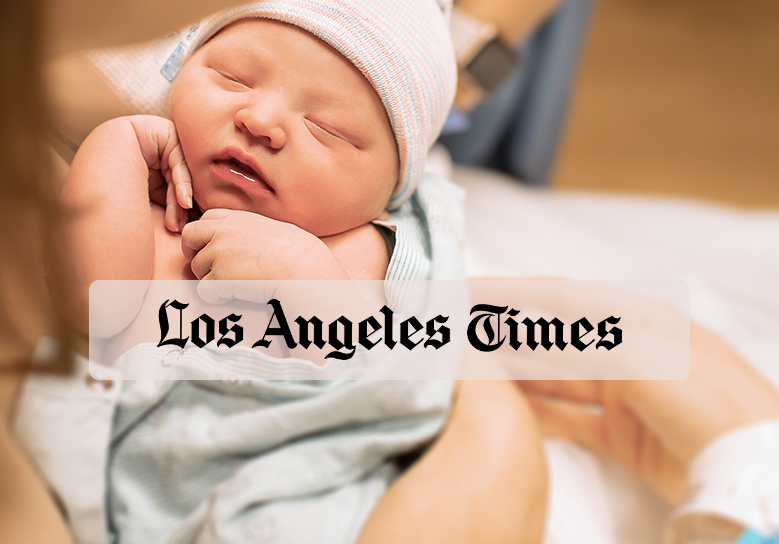Frozen Egg Database Created to Meet Demand

Some women cannot produce their own viable eggs. Using donor eggs allows a woman to carry and give birth to a child. In the process, donor eggs are harvested from a willing donor, fertilized with a partner’s or donor sperm and then implanted into womb of the hopeful mother-to-be.
The ability to easily acquire frozen eggs for reproductive purposes with promising pregnancy success rates is a landmark industry breakthrough. Pregnancy success rates with frozen egg cycles versus fresh donor cycles have been traditionally lower (frozen: 50-55 percent, fresh: 65-70 percent). However, newer egg freezing techniques, known as vitrification methods, have allowed success rates with frozen eggs to greatly increase.
Working with a donor can require three to 12 months to coordinate the cycle and cost $25,000-$38,000 per cycle. A frozen egg cycle using eggs from Donor Egg Bank USA can be completed in as little as one to two months for $18,800. Cycle fees do not include medication costs.
“Offering frozen eggs to couples is a critical advancement that revolutionizes fertility treatment options and sets a new industry standard moving forward,” says Dr. Louis Weckstein, medical director of Reproductive Science Center. “Partnering with Donor Egg Bank USA gives additional options for couples to consider, and significantly curbs treatment costs without compromising success.”







